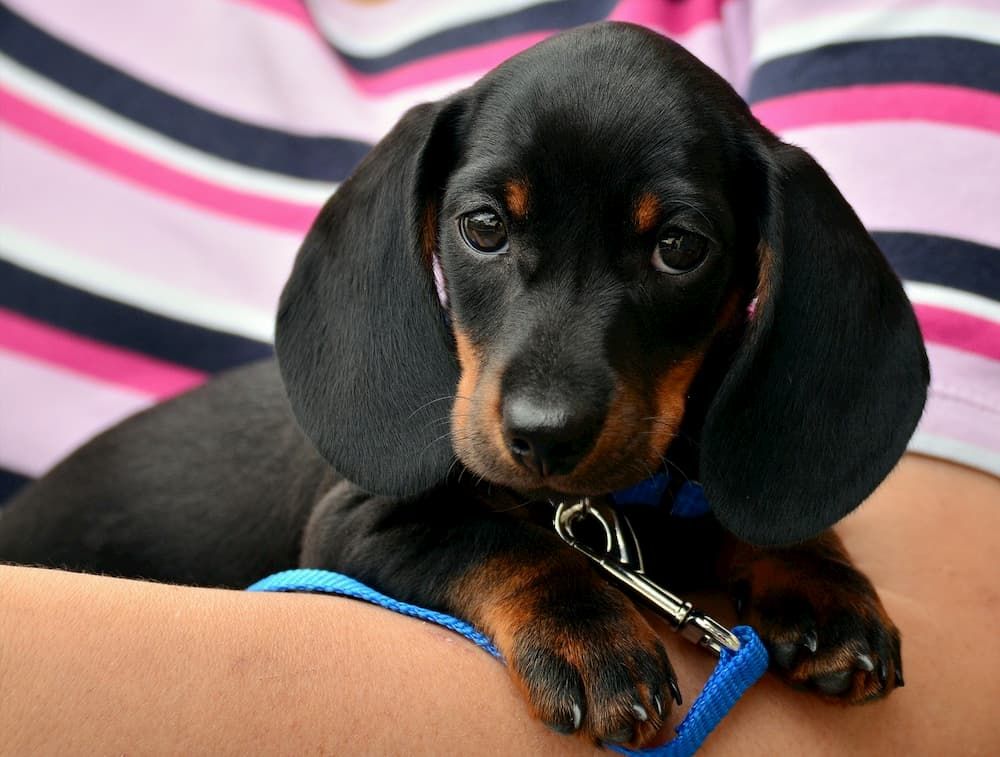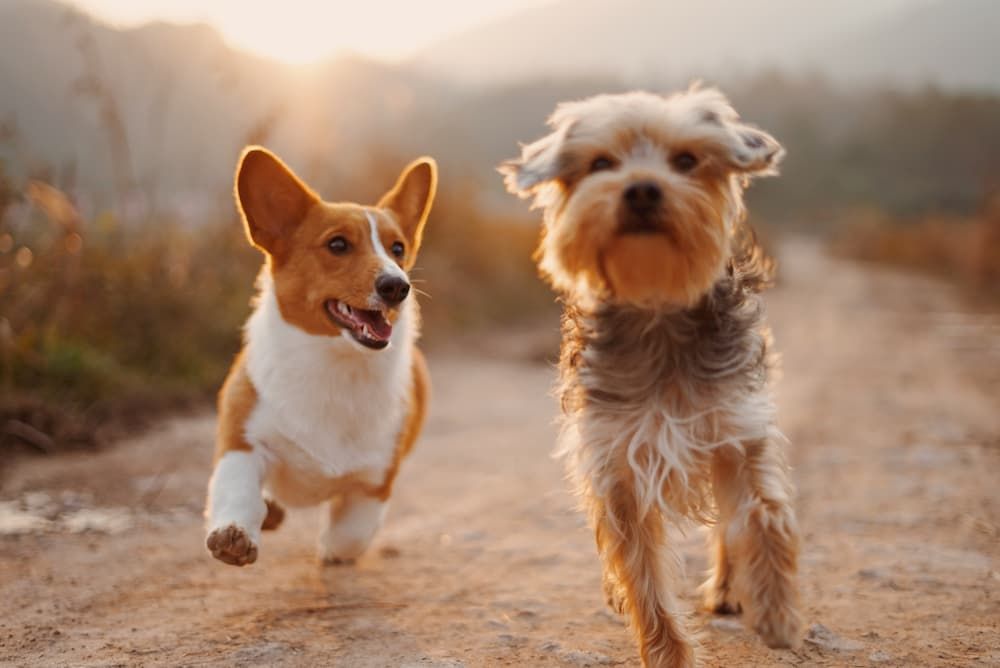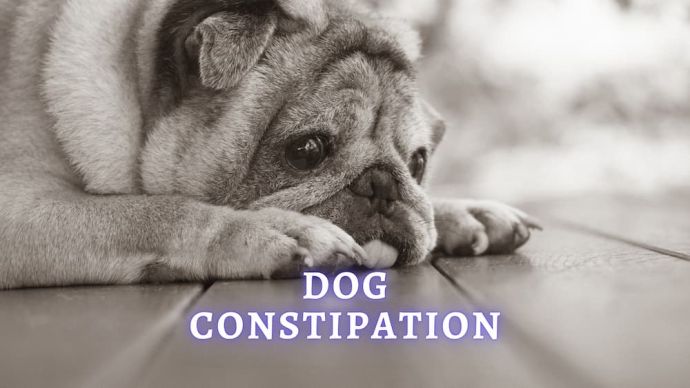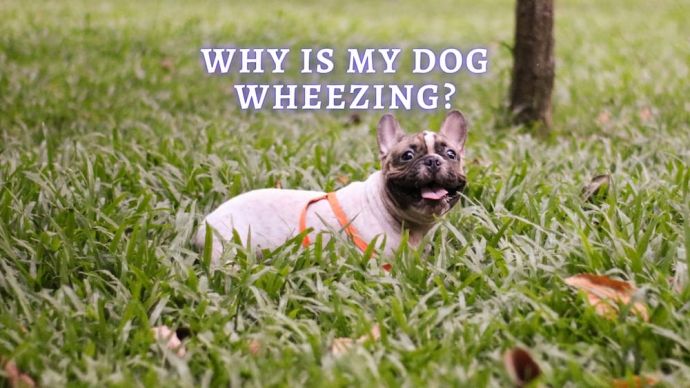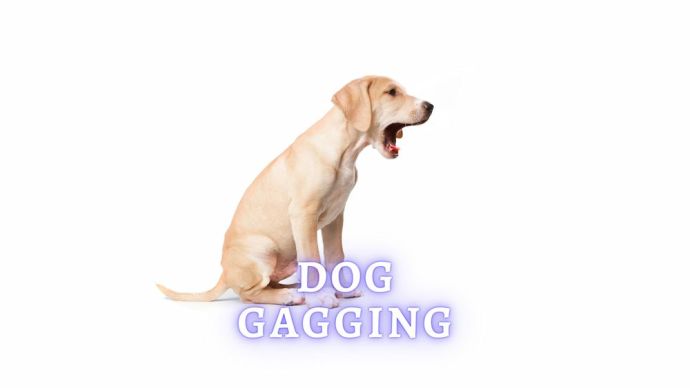Dog Life Stages: How long is a Dog a Puppy?
Written by:
Author: Alina Andreeva
Alina A. is a professional writer, editor, and pet-lover. She has published over 50 articles on how to care for pets properly. Alina has been writing articles for 3 years, so she has considerable experience in this niche. Her natural curiosity helps her to expand her knowledge and learn new pet care life hacks, which will make your life much easier.
View all 79 articlesLearn about our editorial process and veterinary review board.
Viewed: 542
Updated on: 03/04/2021
If you have a loyal furry companion living in your home, chances are that you have probably wondered about his or her lifecycle and how dogs develop in general. If you have ever heard of the term “dog years,” you probably think that pets’ developmental cycles are different from those of humans.
What are the Life Stages of a Dog?
With variations according to breeds, the average life span of a pet is around 12 years. Similar to that of humans, animals have four developmental stages they go through in their lives. These four developmental stages can come at different times as this varies according to the breed, size, and dog’s quality of life (including nutrition, exercise, and the amount of care taken).
The first stage is that of a mere puppy (which is equivalent to the human infant and toddler). In the first few weeks of puppyhood, puppies are generally attached to their mothers as they fulfill their every need (just as human infants are attached to their mothers). As they grow older, puppies become more independent, learning how to be dogs.
The second stage is that of adolescence. During this stage, the pet goes through a dog version of puberty, which will include hormones being at their peak, growing into the adult size, and showing mood swings if not spayed/neutered. Smaller dogs generally reach adolescence faster than bigger animals.
The next stage is adulthood, and smaller pets will reach this stage faster than more significant sized dogs. Dogs become completely independent these days, They no longer require your constant attention, and it becomes easier for them to entertain themselves.
The last stage is that of old age. During this stage, pets will become less active and more relaxed. Unlike the previous two steps, larger pets reach this stage faster than smaller sized animals. Dogs become more lethargic at this stage, and they may start to eat less and sleep more. They move more slowly and will no longer be as active and alert as previous stages. Also, dogs in their old age are more susceptible to getting ill or diseased.
READ MORE: When to Wean a Puppy
How long is a Dog Still a Puppy?
This can definitely vary according to various different aspects, particularly the size and breed of the puppy. Generally, the rule of thumb is that a pet remains a puppy until he or she is 6 to 18 months old. Larger sized dogs usually remain puppies longer than smaller sized animals (as they mature at faster rates). Some experts report that dogs stay puppies for the first 2 years of their lives.
The aging process of your pet can significantly depend on aspects of your dog’s life, like how long he or she lived with his or her mother, whether he or she gets enough exercise to help with growth, and how well-nourished your animal is its size, gender, and even breed.
There are some signs that you can look out for that would indicate that your pet is no longer a puppy, including:
- Changes in his or her behavior, especially when it comes to the destructive chewing that once kept your puppy occupied for hours at a time (this decreases with time).
- Acting more like a teenager as the hormones begin to kick in and this may be problematic if your dog is not spayed or neutered on time.
- Going into heat and becoming sexually mature (but different signs will be observed in male and female dogs).
- Fewer accidents when it comes to urinating and pooping as your pet will be able to hold their bladder with better muscular strength.
- A decrease in appetite, but this will not happen all at once; it will be more of a gradual process as your dog’s calorific requirements will change with the changing structure of their body.
- Losing puppy teeth, which any dog dentist can tell you will be a difficult time as your pet may experience pain, but you can counter this with the use of dental dog treats and other pet oral care utensils.
READ MORE: Sick Puppy 101
How long does it take for a Dog to get Bigger?
Again, this depends on the animal’s breed and lifestyle. On average, it takes most breeds around 2 years to reach their total size. However, there are cases where this will not happen (which may be caused by the pet’s lifestyle). Also, it is essential to note that smaller sized dogs reach their full size faster than bigger breeds (this is because they have less growth to do than bigger breeds of dogs).
Dogs generally require a proper nutritious diet to ensure that they grow correctly. Thus, it is essential to ensure that your pet is not neglected and gets everything he or she needs to thrive.
Smaller breeds that are expected to grow to a maximum of 30 pounds (13.61 kg) (unless overweight) will take around 10 to 12 months to reach their total size. Medium-sized breeds that are expected to grow to approximately 80 pounds (36.29 kg) generally take about 12 to 16 months to grow to their full capacity. Larger breeds that grow to be over 80 pounds (36.29 kg) take between 18 months and 2 years to reach their total size. While this may seem like a considerable variation, there are actually individual differences between pets as well. Dogs have (while rarely) grown to weigh larger than their breed’s expected index, and this is purely caused by the dog’s lifestyle circumstances.
Some neglected dogs and puppies face harsher consequences when it comes to their growth and malnourishment, a lack of exercise and little care can be the cause for them reaching their maximum size at a slower pace than other dogs of the same breed. So, it is crucial to ensure that your dog is provided with the proper care, nurturance and environment needed to encourage growth.
At what Age are Dogs most active?
Dogs are known for being very hyperactive pets, with lots of energy and a need for constant attention from their owners and those around them. However, there is a particular age at which a dogs’ energy level reaches the peak. While energy levels depend on the age of the dog, they are also dependent on the breed, size, and condition of your dog.
Generally, all pets are the most active when they are puppies because it is during this time that they are naturally curious about their surroundings and very enthusiastic about life. Dogs of all sizes and breeds will likely want to run around, play, catch butterflies, and use all of their energy during puppyhood.
However, bigger sized dogs often keep showing the same amount of energy well through their adolescence (especially if the dog has not been spayed or neutered). Some breeds of animals are naturally hyperactive (like Huskies, Terriers, and Retrievers), and they may remain energetic in adulthood as well. Only teacup-sized pets show a consistent decrease in their energy levels as they mature (becoming significantly less active by the time they reach adulthood).
The dog’s appetite and dietary intake also have a significant impact on energy levels. Usually, when your dog is a puppy, he or she will display a ravenous appetite, often asking for double portion sizes. This calorific intake is why puppies are the most active at this stage. As your pet grows older, their appetite also decreases, and they may prefer to stick to a schedule when it comes to their routine instead of always wanting to play (as it was during puppyhood).
READ MORE: What Shots does a Puppy need?
Is 8 Years Old for a Dog?
Dogs age differently than humans do, and they definitely become geriatric or senior much faster. Your pet can become geriatric anywhere between 5 and 10 years of age. It depends on the breed and size. For larger sized breeds, 8 years of age is well into their senior years, but, at the same time, 8 years of age for smaller sized (teacup) breeds is still quite young and within the stage of adulthood.
Interestingly enough, while smaller breeds of dogs go through the puppyhood, adolescence, and adulthood stages faster than bigger dog breeds, they are actually slower at aging than their larger-sized counterparts.
Also, if you provide your pet with an ideal and healthy lifestyle, chances are that 8 years will not be too old for your animal. A healthy lifestyle would include a proper diet that fulfills your dog’s nutritional needs and a proper exercise that would allow your dog to have a healthy senior life.
Some signs of aging you might start noticing in your dog include a diminished strength of individual senses (mainly sight and hearing); anxiety or jumpiness, slower movements caused by pain in joints; an inability to burn calories the way he or she used to and even confusion or failure to pay attention.
Final Thoughts
You may want your pet to remain a puppy forever, especially since puppies are incredibly adorable. However, everyone needs to grow up, and you should definitely enjoy every minute of your dog’s development that you can. Provide your animal with an excellent home to ensure that your furry friend remains a happy and healthy pet.
 Dog Care When to Take Cone Off Dog After Neuter? Advice on Helping Your Dog to Recover
Dog Care When to Take Cone Off Dog After Neuter? Advice on Helping Your Dog to Recover - 307
- 0
 Dog Veterinary Tips Why is my Dog throwing up: Causes and Preventing (Veterinary Advice)
Dog Veterinary Tips Why is my Dog throwing up: Causes and Preventing (Veterinary Advice) - 23424
- 5
 Dog Care Why Is My Dog Bleeding From Its Butt? Causes and treatment of rectal bleeding in the dog
Dog Care Why Is My Dog Bleeding From Its Butt? Causes and treatment of rectal bleeding in the dog - 22076
- 0
 Dog Care My Dog Keeps Scratching His Mouth: Reasons Why Your Dog Scratching Face
Dog Care My Dog Keeps Scratching His Mouth: Reasons Why Your Dog Scratching Face - 17561
- 1











